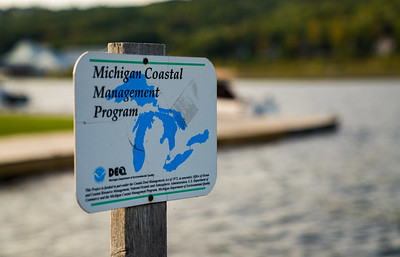You’ve all heard the tropes about public sector employees. They’re overpaid and underworked. They either do nothing for 30 years, or work hundreds of hours of overtime each year, and then go on to collect $100,000 pensions. Retired at 48 – thirty and out! The reality of public sector work is a lot more nuanced. Most publicly paid employees work very ordinary jobs, often at a lower pay scale than comparably employed private sector workers. But they may work in challenging environments, like mental health hospitals, prisons, or court systems.
As retirements among Baby Boomers have accelerated, municipal, county, and state employers find themselves chronically unable to fill necessary positions. Washington State governor Jay Inslee issued a memo last month that describes the problem that many public employers face.
Turnover among Washington State’s agency workers exceeded 20% in FY 2022. According to data supplied by Inslee’s office, employee resignations caused 9.4% of turnover. Retirements accounted for another 2.8%. Other reasons that employees vacated positions accounts for the remaining 8.1%. Washington State is not alone; turnover among public sector employees is a nationwide concern. Currently, the State of Michigan has nearly 700 job vacancies. Washtenaw County currently has more than 60 open full-time and part-time positions.
Here’s the bottom line: turnover is costly for any employer, public or private. Washington state’s Office of Financial Management estimates that it can spend as much as one-third of a position’s salary to fill each vacancy. That doesn’t take into account service disruptions and delays that may result from understaffing while the agency looks for replacement workers.
Community colleges can help public sector employers
One reason that state and county agencies may have trouble filling open positions is the pay scale. Contrary to popular belief, public sector jobs often pay less than the prevailing wage in the private sector. In Washington State, Inslee hopes to address that by providing additional funding to increase salaries for existing employees, improve benefits, and attract newcomers to open positions.
Another reason that public sector jobs go unfilled is the specific educational, experiential, and licensing requirements that come with certain positions. Here’s where community colleges can help. Creating programs that include these elements – like licensure preparation – can create a reliable pipeline of workers to fill public sector jobs. They can also inspire people to consider careers in the public sector.
These programs could include special financial aid packages that reduce or eliminate educational debt. The elimination of educational debt may make it easier for graduates to accept public service positions with lower starting wages.
Community colleges can also work with state agencies to ensure that the minimum educational requirements for a position match the position’s actual duties and responsibilities. Excessive educational requirements may exclude otherwise qualified individuals from consideration for entry-level positions. The State of Michigan recently committed to eliminating unnecessary educational requirements for its open positions.
Public employers also need to re-evaluate their salary scales to eliminate disparities between themselves and private sector employers. Unfortunately, that will only happen with the approval of the state legislature, county commissions, city councils, and township boards. While community colleges may not have significant influence over that, they can create programs to prepare public service workers.
Photo Credit: Tony Webster , via Flickr










